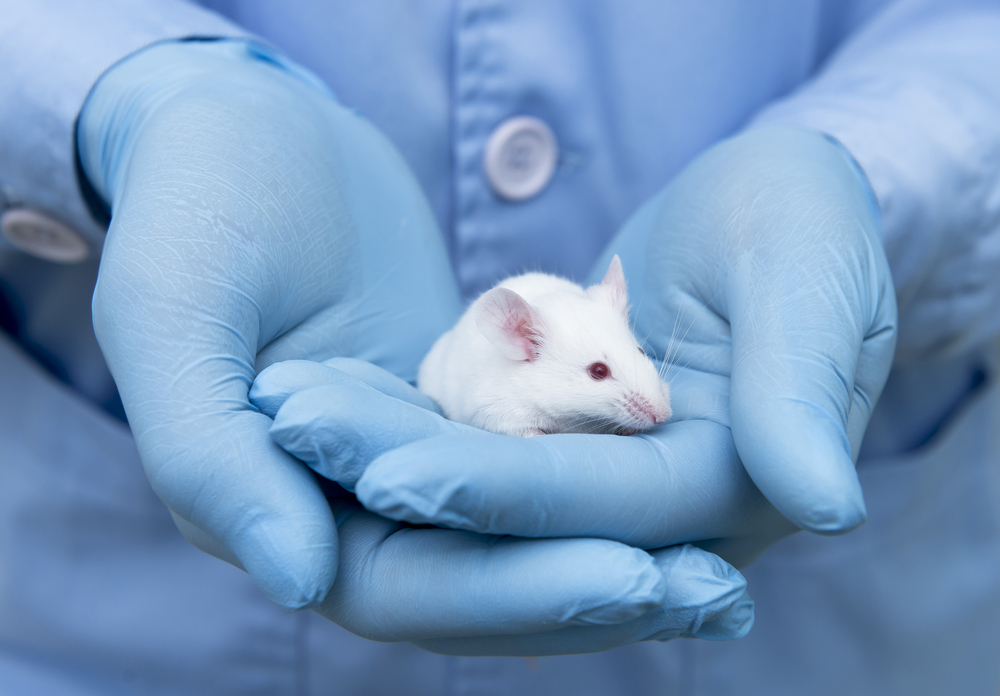Inhibiting PU.1 Protein May Hold Promise for Treating Fibrotic Diseases, Including Systemic Sclerosis

Inhibiting the protein PU.1 has potential as a therapy to treat multiple fibrotic diseases, including systemic sclerosis, a new study contends.
The study reporting that finding, “PU.1 controls fibroblast polarization and tissue fibrosis,” was published recently in the journal Nature.
The PU.1 transcription factor is a central regulator of the pro-fibrotic molecular network in several fibrotic diseases. This study found that pharmacological inhibition of PU.1 was enough to promote fibrosis clearance by causing pro-fibrotic fibroblasts to return to a resting, non-fibrotic state.
The abnormal excessive deposition of collagen — a component of the extracellular matrix that supports and holds cells together — in the skin, which leads to tissue scarring, is the hallmark of systemic sclerosis. Scar tissue can accumulate and damage organs, including the lungs, liver, kidneys and gut.
Fibroblasts are the cells that, upon activation, release collagen and contribute to scarring development. In chronic inflammatory diseases, fibroblasts degrade the extracellular matrix, but the mechanism underlying this opposing effect of fibroblasts remains unknown.
Researchers at the Friedrich-Alexander University (FAU), in Germany, compared the gene expression (transcriptome) pattern of samples from patients with different fibrotic diseases affecting the skin, lungs, liver, or kidneys. Skin biopsy samples from patients with systemic sclerosis and participants without the disease (controls) also were analyzed.
Overall, the team identified 58 transcription factors with an increased presence in pro-fibrotic genes. One particular factor, called PU.1, got the team’s attention because it showed a particularly high enrichment at these genes.
To examine the relevance of PU.1 in human fibroblasts isolated from fibrotic tissue, researchers deleted the gene (“knocked-out”).
Results showed that fibroblasts without PU.1 released less collagen, and that the levels of profibrotic factors, including α-smooth muscle actin (α-SMA) and F-actin, were similar to those seen in healthy, resting fibroblasts.
In contrast, increasing the levels of PU.1 in resting human fibroblasts, activated these cells and turned them pro-fibrotic, inducing the secretion of collagen, α-SMA and F-actin.
In different mouse models of fibrosis, deleting the PU.1 gene in fibroblasts lessened fibrosis. In turn, forced expression of PU.1 induced a pro-fibrotic profile in fibroblasts, and an increased activity of fibrosis-associated genes.
“We were able to show that PU.1 is activated in various connective tissue diseases in the skin, lungs, liver and kidneys. PU.1 binds to the DNA in the connective tissue cells and [reprograms] them, resulting in a prolonged deposition of tissue components,” Andreas Ramming, the study’s senior author, said in a press release.
Pharmacological inhibition of PU.1 with a compound called DB1976 prevented skin fibrosis, and reduced the pre-established fibrotic lesions in animal models. This anti-fibrotic effect also was seen in animal models of lung and liver fibrosis.
“PU.1 is like the conductor in an orchestra,” Ramming added, “if you take it out, the entire concert collapses.”
Overall, the findings “suggest that PU.1 inhibition may represent an effective therapeutic approach to treat a wide range of fibrotic diseases,” the team concluded.






